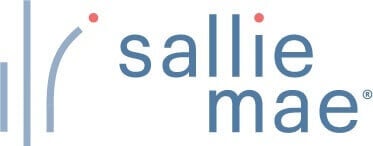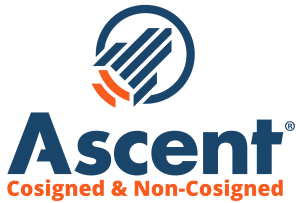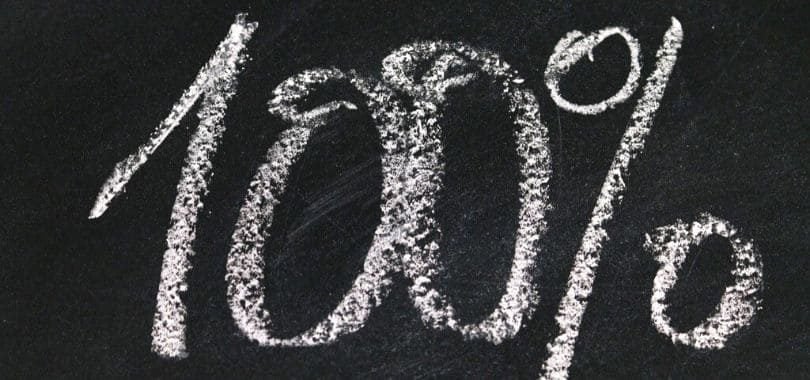Every advice article lists ‘interest rate’ as the most important factor to consider when choosing student loans. But the big question remains – “What is a good interest rate on student loans?” And how do you compare the rates that different lenders offer?
The truth is there is no simple answer. There are several factors that go into determining what is a good student loan interest rate. When looking over your student loan offers, there will be a few numbers to look out for. One is the principal loan amount, the second is the interest rate and the third is the APR. Knowing the meaning of each of these terms will help you get a better understanding of what is a good interest rate on a student loan.
The principal loan amount is the amount the lender is willing to lend you on interest. Interest rate is the cost of borrowing money. It is expressed as a percentage of the loan amount. APR or annual percentage rate includes the interest rate as well as the additional costs and fees associated with borrowing. It gives you a more comprehensive picture of the total cost of the loan. Understanding APR vs interest rate is important when you’re researching best rates for student loans. It will help you make informed decisions that may lower your cost of borrowing.
What Determines an Interest Rate?
The type of loan you take out will impact the interest rate that you’ll pay over the life of the loan. There are two main types of student loans – federal student loans and private student loans. The interest rates on both these types of student loans can vary considerably.
The interest rate on federal student loans is set by the federal government. The federal government sets the interest rate on federal student loans once a year based on the prevailing market conditions at that time. That rate then remains the same throughout the academic year, regardless of how well or how poorly the markets are performing. Moreover, all students who take loans during that time pay the same rate, regardless of their credit score.
On the other hand, interest rates on private student loans are determined by the lender, which may be a bank, credit union, or private financial institution. Each lender uses different criteria to calculate the interest rate for each borrower. No two borrowers pay the same interest rate on their student loans. Your interest rate will depend on these factors:
- Your credit score
- Your credit history
- Your credit risk
- Your income
- Your current debt
All of the factors above will affect your interest rate as well as the amount that the lender is willing to lend you.
Most students will need to apply for a private student loan with a cosigner as they usually haven’t had much opportunity to build their credit history. If you apply for a student loan with a cosigner, your approval and interest rate will depend on your cosigner’s creditworthiness.
What Are The Federal Student Loan Interest Rates?
Federal student loan interest rates can change from one year to the next and typically range from 4.99% to 7.54%. When doing your research it’s important to make sure you’re looking at interest rates for your current school year.
For the 2023 – 2024 academic year, the fixed interest rates for federal student loans disbursed on or after July 1, 2023 are set at:
- 5.498% for undergraduate Federal Direct Stafford Loans
- 7.048% for graduate Federal Direct Stafford Loans
- 8.048% for Federal Direct Grad PLUS Loans and Federal Direct Parent PLUS Loans

What are Private Student Loan Interest Rates?
As mentioned previously, there are plenty of factors that will impact your private student loan interest rate. However, the current averages for 2023- 2024 are:
- 5% – 15% for fixed-interest rate loans
- 5% to 15% for variable interest rate loans
A fixed interest rate will not change over the lifetime of the loan while a variable rate will fluctuate quite regularly with the market. In some cases, variable interest rates can actually be as low as 3% at first, less than a federal loan, but they won’t always stay at this rate. For example, they may jump to 10% in a few years. The higher your credit score, the better your chances of snagging a lower interest rate loan.
How Can You Compare Student Loan Interest Rates?
Finding a “good” student loan rate can feel challenging. After all, the government, banks, and credit unions will all give you different numbers. However, it’s important not just to take the first loan presented to you.
Research is necessary to help you find and compare the best interest rates out there. You’ll want to apply to a few loans to see what you’re being offered, especially if you need private options
Some tools you may want to take advantage of include:
- Student loan term comparison calculators. These can show you exactly how much you need to pay back the loan in a set period of time, or how long it will take you to pay back the loan if you can only afford a certain amount every month.
- Student loan finders. Student loan finders, including ours, can help you uncover the best interest rates and some of the best loans out there for you. It takes your credit, desired repayment plan, and more into account to help you compare your options.
- College financing planners. College financing planners allow you to not only compare interest rates and loans but also provide helpful advice to make college more affordable.
What if You Can’t Find a Good Interest Rate?
Even if you can’t find a good interest rate, whether it’s because of bad credit or another issue, you have options. For example, you might want to take the higher interest rate for now and look into refinancing student loans once you land a solid income and career. Many private lenders will work with private and federal loans to help you get a lower interest rate through refinancing and consolidating.
Finding a “good” interest rate can really feel like looking for the needle in the haystack, but it doesn’t need to be. Research and legwork are necessary to find the best financial options for you. And remember, don’t take the first loan letter that comes your way. Wait until you have a few in hand before signing the dotted line.
Student loans can absolutely help make college affordable, but that isn’t your only option! From scholarships to assistance from colleges, there are plenty of ways to pay for your education. Check out some of the top schools for the largest endowments available to students, our Scholarship Search Tool and our Student Loan Finder to see what’s available to you.
| Lender | Rates (APR) | Eligibility | |
|---|---|---|---|
 |
5.34%-15.96%* Variable
3.99%-15.61%* Fixed
|
Undergraduate and Graduate
|
VISIT CITIZENS |
 |
4.92% - 15.08% Variable
3.99% - 15.49% Fixed
|
Undergraduate and Graduate
|
VISIT SALLIE MAE |
 |
4.50% - 17.99% Variable
3.49% - 17.99% Fixed
|
Undergraduate and Graduate
|
VISIT CREDIBLE |
 |
6.00% - 13.75% Variable
3.99% - 13.75% Fixed
|
Undergraduate and Graduate
|
VISIT LENDKEY |
 |
5.50% - 14.56% Variable
3.69% - 14.41% Fixed
|
Undergraduate and Graduate
|
VISIT ASCENT |
 |
3.70% - 8.75% Fixed
|
Undergraduate and Graduate
|
VISIT ISL |
 |
4.99% - 16.85% Variable
3.47% - 16.49% Fixed
|
Undergraduate and Graduate
|
VISIT EARNEST |
 |
5.00% - 14.22% Variable
3.69% - 14.22% Fixed
|
Undergraduate and Graduate
|
VISIT ELFI |



